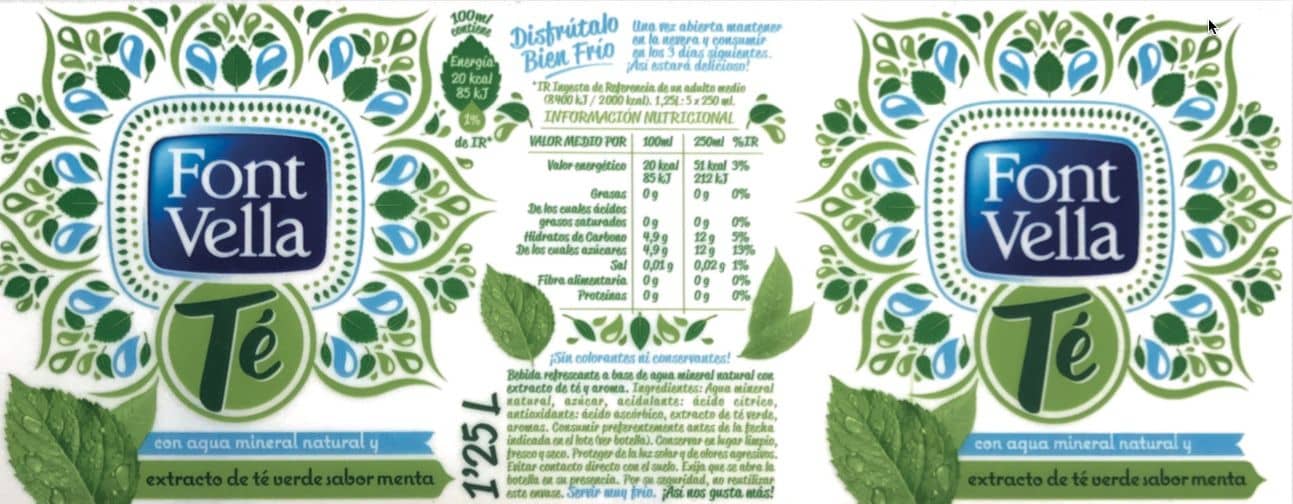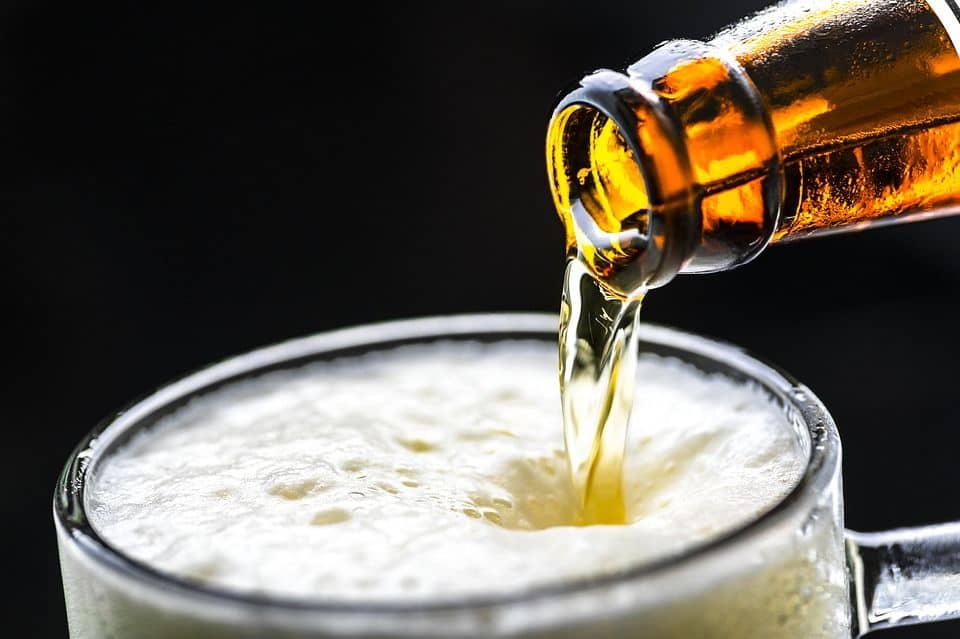
09 Jul The keys to drinks labeling. Discover them!
Since 13 December 2014, EU Regulation nº 1169/2011 (document in Spanish), which regulates the nutritional information supplied to consumers, makes it compulsory to inform about nutritional information for the majority of transformed foods, which includes drinks. In this way, consumers can inform themselves about the energy value, fats, carbohydrates, sugars, proteins and salt contained in the foods and drinks that are offered on their supermarket shelves.
Obligatory nutritional information
As we have mentioned above, the obligatory nutritional information that must appear on drinks labels refers to:
- Energy value expressed in kilojoules and kilocalories
- Fats
- Carbohydrates
- Sugars
- Proteins
- Salt
Although it is indeed possible to inform about absolutely all nutritional values of a specific drink, in many cases the nutritional information label would become a testament that nobody would read.
However, this information can be further completed by indicating the amount of the different types of fats (monounsaturated, as found for example in oil, and polyunsaturated, corresponding to omega 3 and omega 6, normally only present in very specific foods such as salmon, sardines or tuna), starch, fiber, vitamins and minerals.
How to express the nutritional information
Depending on the nutrient we are talking about, the amounts are expressed in one type of measurement or another. Thus, the energy value is expressed in two measurements. Firstly in kilojoules and secondly in kilocalories. The nutrients, however, are expressed in grams or milliliters.
With regard to vitamins and minerals, these may be indicated whenever they are present in significant quantities. And now you are probably asking yourself what amounts are considered to be significant in order to be included on a drink label. In the case of drinks, this amount is 7.5% of the reference values for nutrients established for adults provided per each 100 milliliters.
How to display the nutritional information
The nutritional information appearing on the drinks labels, as is also the case of food products, must be displayed in a unified way in a clearly readable table. The order of the nutrients must be as follows:
- Energy value
- Fats
- Carbohydrates
- Sugars
- Proteins
- Salt
If the available space on the label does not allow to present the information in table form, it may be displayed as a list, separating each component and its corresponding amount in parentheses with commas to avoid confusion. And in the case of a component being present in a very small amount, its presence may be indicated without specifying the exact quantity by adding the expression “contains negligible amounts of ….” to the side of the table with the nutritional information.
Drinks that are exempt from nutritional information
According to Regulation 1169/2011 (document in Spanish), drinks composed of only one ingredient, as is the case with water or tea, as well as alcoholic beverages with more than 1.2% alcohol content, are exempt from this information obligation. But why? It is noteworthy that precisely those alcoholic drinks that are made up of several ingredients and therefore contain a considerable amount of kilocalories and can be harmful to health, are not subject to the obligation of including this information. In fact, only alcohol-free beer must comply with this requisite.
The European Regulation permits each country to develop its norms with regard to the nutritional information of food and drink. Therefore, unlike with Spain, in some countries such as Germany, Croatia, Hungary or Rumania, this information is obligatorily required also in the case of alcoholic beverages with more than 1.2% alcohol content.
Obligatory information for alcoholic beverages with more than 1.2% alcohol content
Currently, the label of alcoholic beverages with more than 1.2% alcohol content must indicate:
- The name of the beverage.
- The ingredients that may cause allergies or adverse reactions. Since there is no list of ingredients, you can find the allergens because it says “Contains + name of allergen”.
- The net amount.
- The expiration date: this is not required of wines or beverages with an alcohol content of more than 10%.
- The business name or denomination of the manufacturer.
- Alcoholic strength.
The nutritional information label can help consumers take decisions regarding the drinks they consume in order to consciously evaluate the effects that this consumption may have on their health. And although this information does not prevent certain beverages from containing ingredients that are not very healthy, it serves to help us be more aware when making decisions in a necessary exercise of consumer freedom – an exercise of freedom which we at Rieusset defend so that consumers may take well-based decisions regarding the beverages they acquire in their local supermarkets and/or shopping centers.
| We Manufacture: | Meet Rieusset: |




